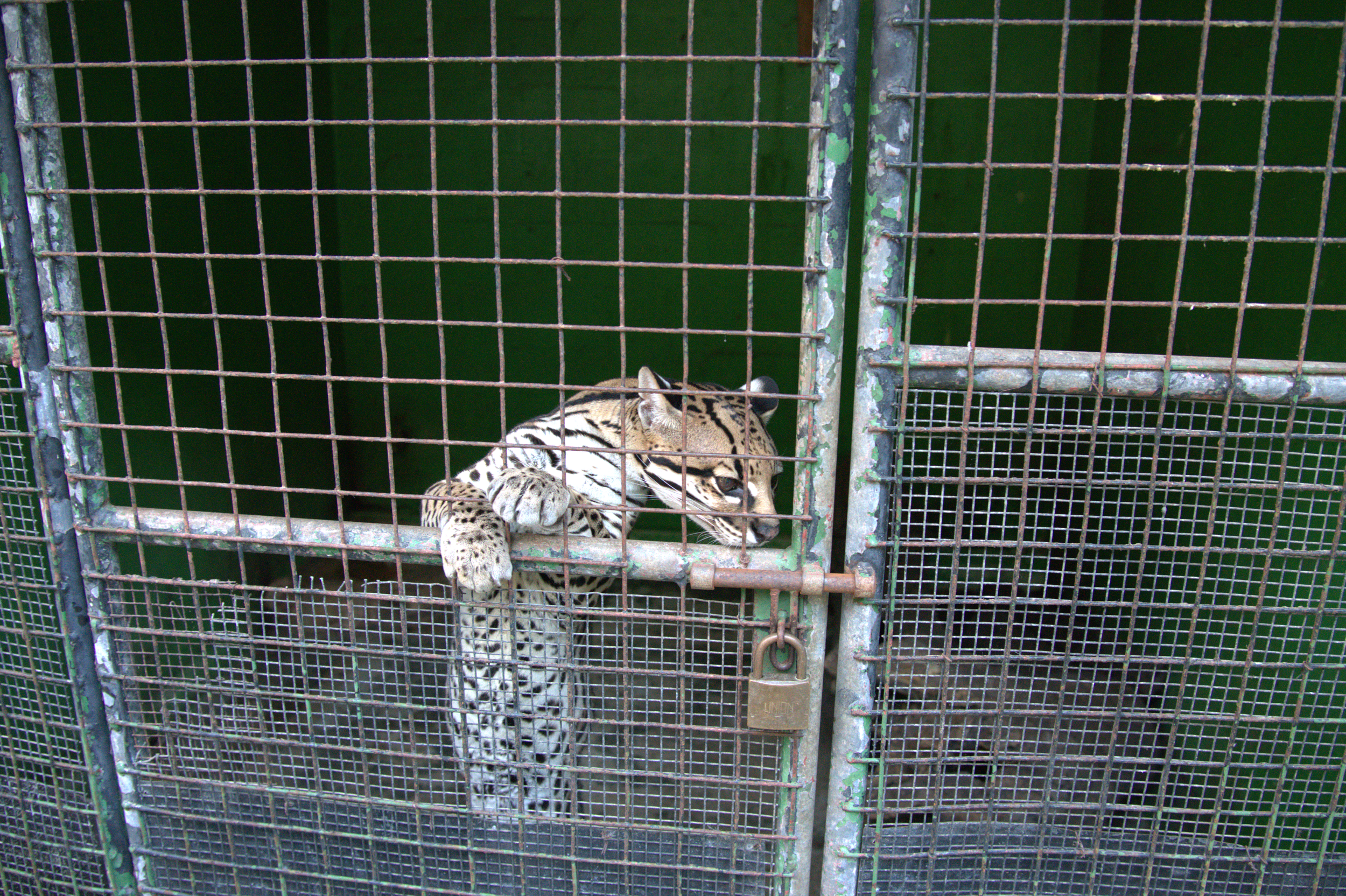
Wildlife Crimes
Illegal Transportation & Sales
Illegal transportation and sales involve unauthorised trade, movement, or distribution of wild animals, plants, or their derivatives in violation of national laws or international agreements such as the Convention on the International Trade in Endangered Species (CITES). Specific illegal practices include smuggling wildlife across borders, transporting wildlife without required permits or documentation, intentionally mislabelling or falsely declaring wildlife products, and unlawfully selling protected or regulated species in physical markets or online platforms. Within the Caribbean region, illegal wildlife trade networks frequently utilise informal markets, coastal ports, airports, and social media channels, facilitating the sale of species such as parrots, songbirds, snakes, tarantulas, and more.
The impacts of illegal transportation and sales are extensive, intersecting all five CAR-WEN core values. Biodiversity conservation suffers as wild populations decline due to unsustainable capture and trade, disrupting ecosystems and threatening the survival of targeted species. Animal welfare is significantly compromised, as illegally transported wildlife endure injury, stress, or death due to cruel and inadequate handling or transport conditions. Weak border enforcement and inadequate legal frameworks undermine the rule of law, fostering corruption, illicit markets, and ongoing wildlife trafficking. Human well-being is negatively affected through economic losses associated with decreased wildlife-based tourism, erosion of cultural heritage tied to native species, and the destabilisation of sustainable livelihoods. Additionally, illegal wildlife transportation and trade elevate public health risks through increased exposure to zoonotic diseases and unsafe wildlife products entering consumer markets.
Effectively addressing illegal transportation and sales of wildlife in the Caribbean requires strengthened cross-border cooperation, enhanced monitoring and enforcement at key trade and transit points, targeted public education to reduce consumer demand, and deeper collaboration among customs, law enforcement, conservation organisations, and local communities. Successful strategies must also carefully align regulatory and enforcement frameworks with regional ecological, economic, and cultural contexts.
Related Blogs
Our blog section is growing. Check back soon for new posts related to this topic.
